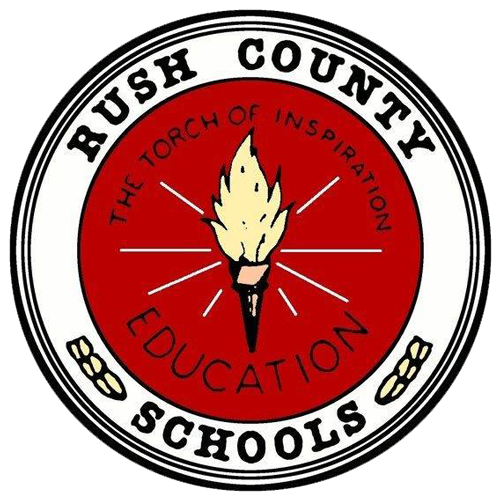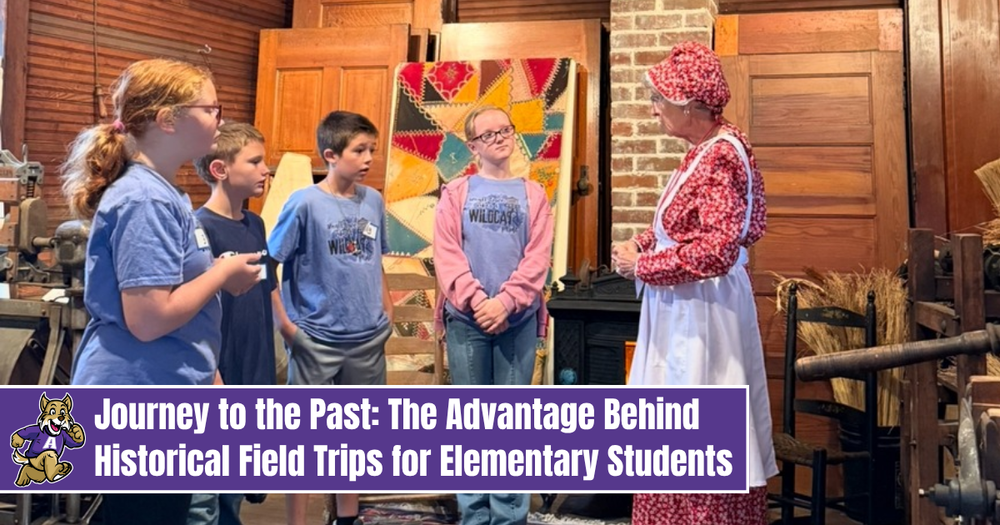Historical field trips, particularly to places like Pioneer Village experiences where students witness live demonstrations, offer elementary students far more than a break from the classroom. They transform abstract historical concepts into tangible, immersive experiences, providing powerful benefits for learning and development. In September, fourth-grade students from Arlington Elementary took a field trip to pioneer towns!
For young students, the people and events of the past can feel distant and irrelevant. Visiting a pioneer village changes that. When students see a blacksmith forge metal, watch a pioneer make soap, or handle tools used 150 years ago, history is no longer just words in a textbook.
Sensory Engagement: Demonstrations engage all the senses. Students see period clothing, smell woodsmoke from a hearth, hear the rhythm of a spinning wheel, and sometimes even taste historically prepared food. This sensory input creates strong, lasting memories that cement historical facts in their minds.
Contextual Understanding: Seeing the scale of a pioneer cabin or the simple construction of an outhouse helps students grasp the context and challenges of daily life in a different era. This allows them to appreciate modern conveniences and understand the concept of societal change.
A historical field trip provides a vital bridge between various subjects studied in the classroom. Students see simple machines in action (like a water wheel or lever) and understand the necessity of basic science for these inventions. They observe how measurement and basic arithmetic were essential for tasks like weaving, carpentry, or trading goods. Observing the structure of a small community, with roles like the general store owner, the schoolmaster, and the farmer, also introduces concepts of community, interdependence, and basic economics.
Written by: India Burris

